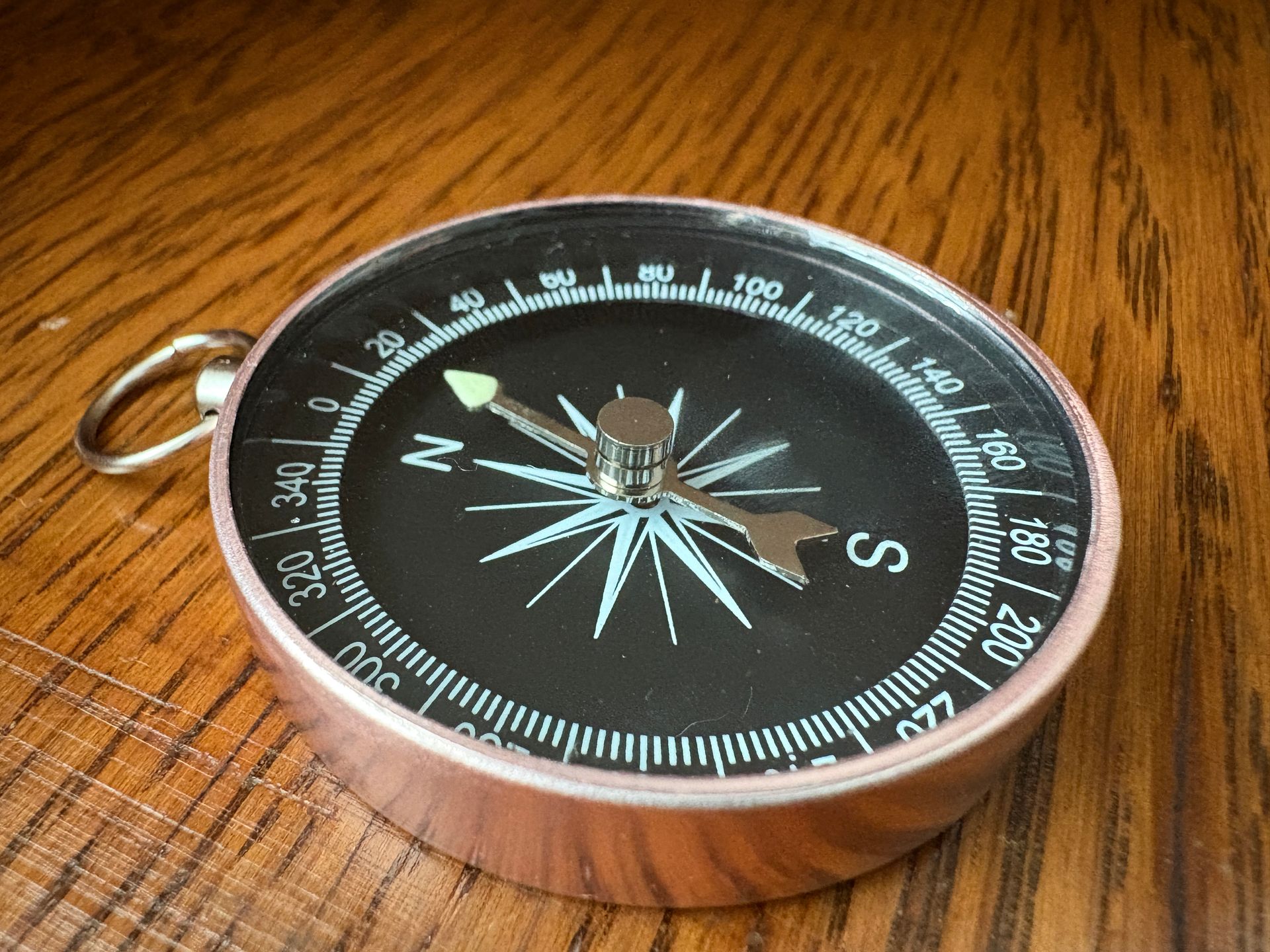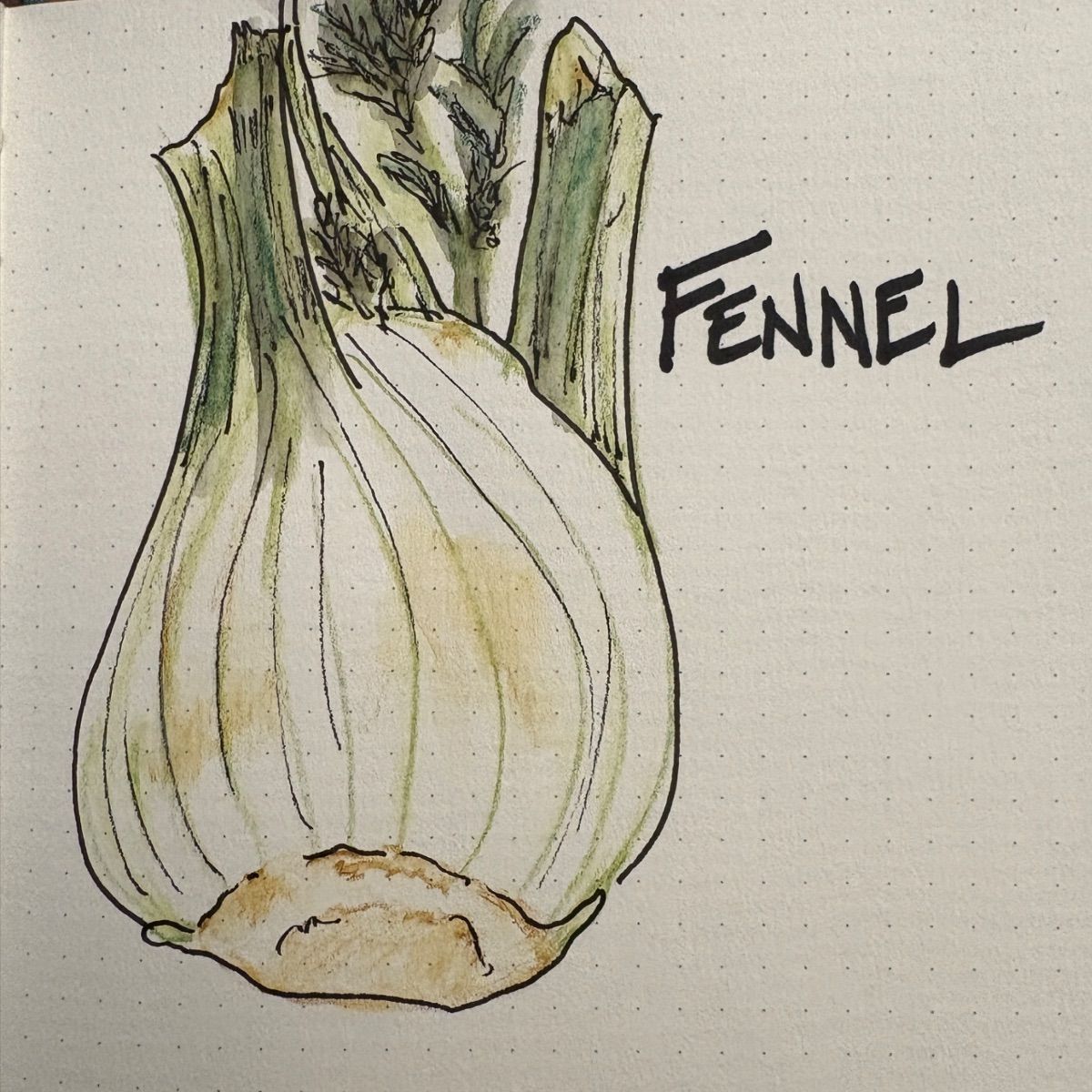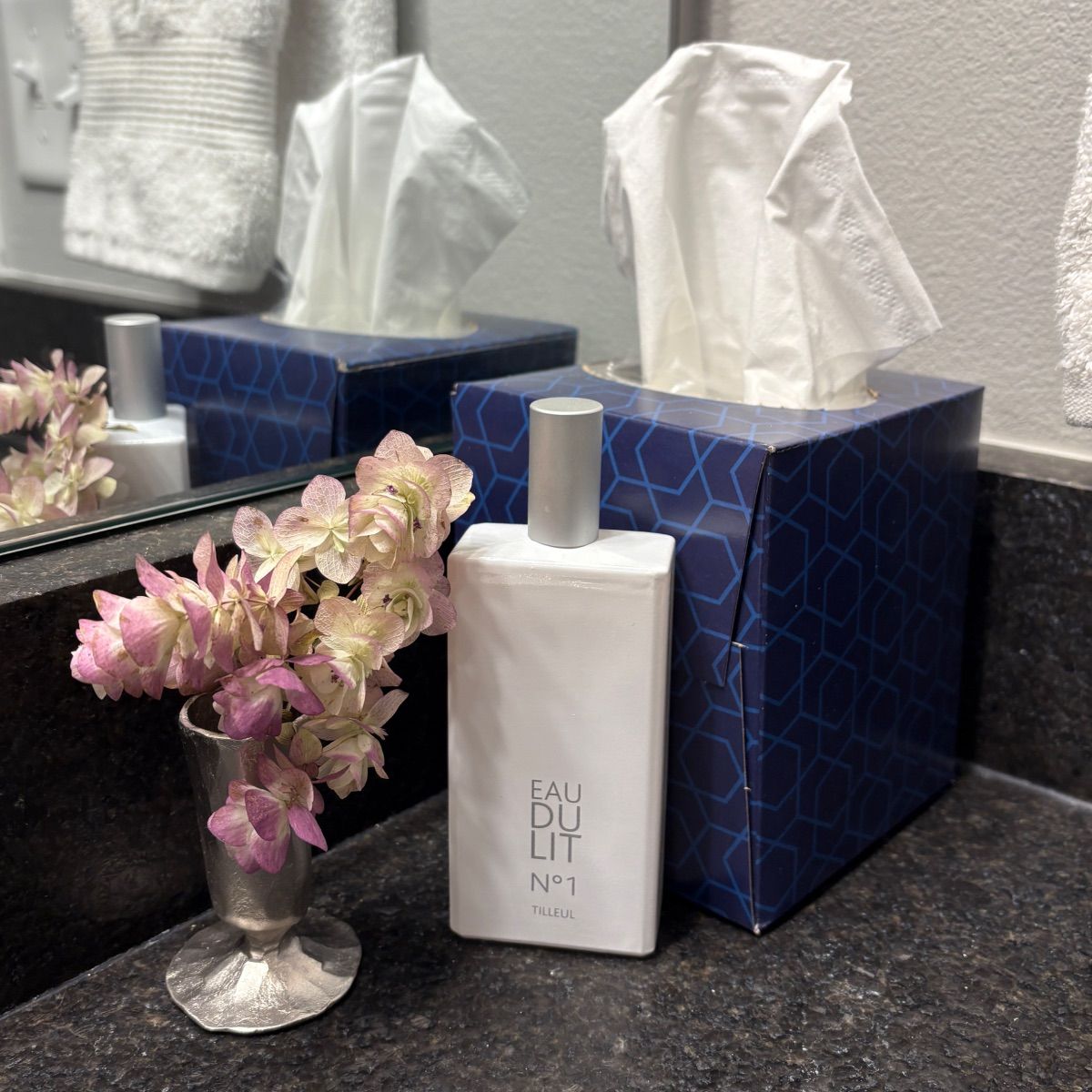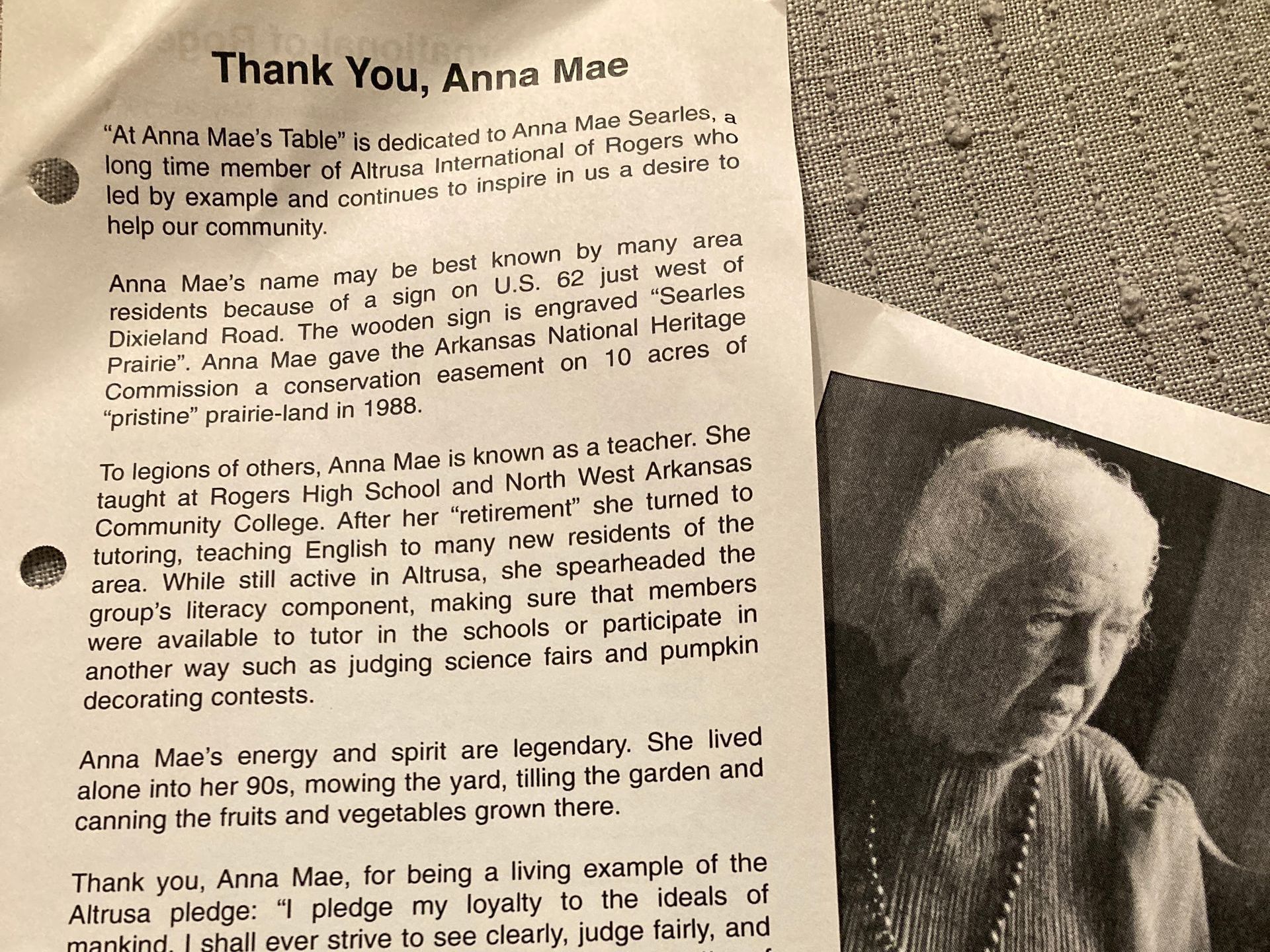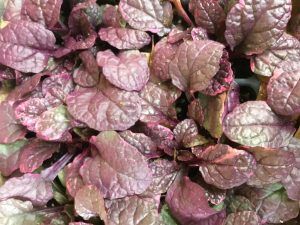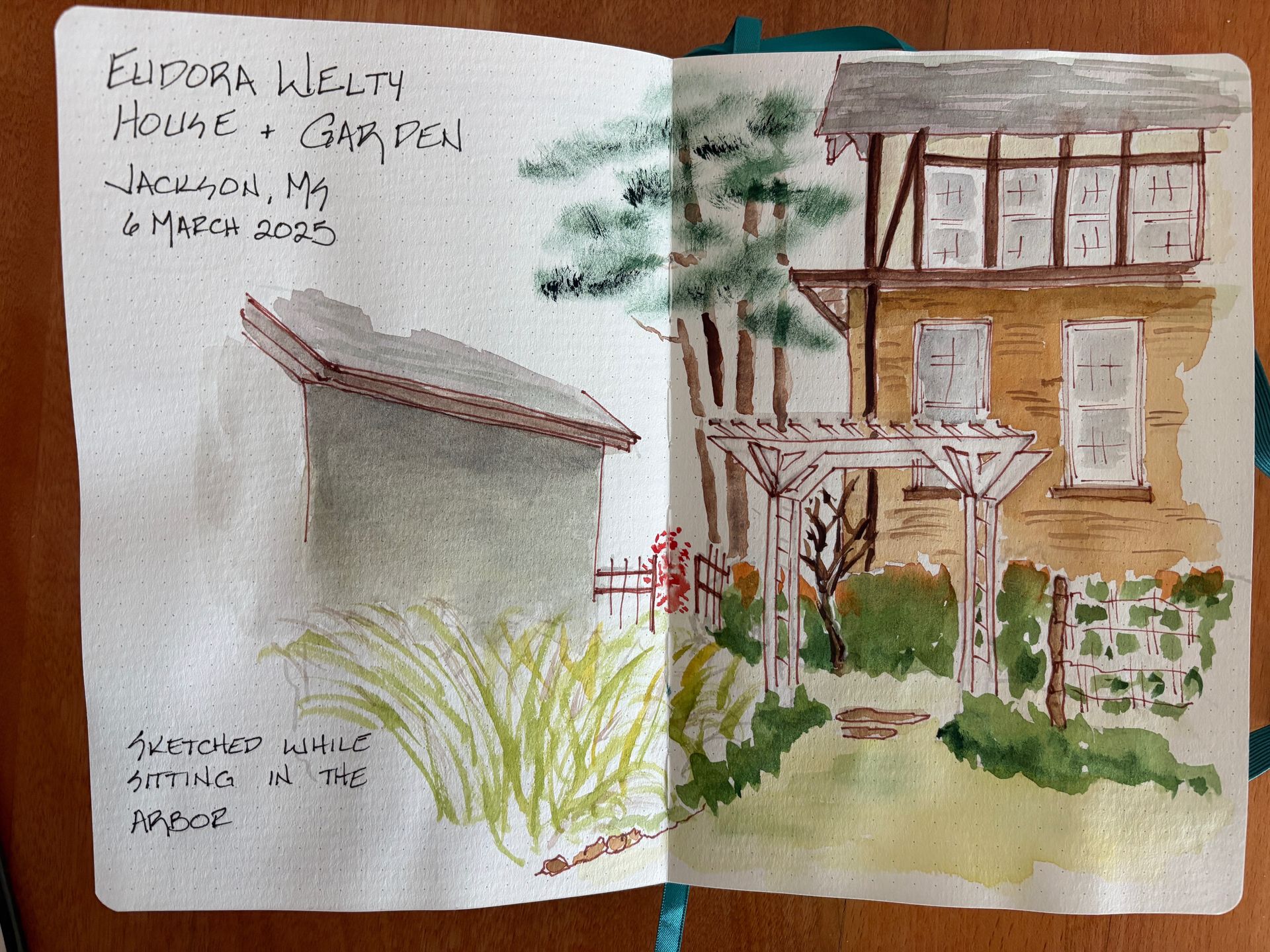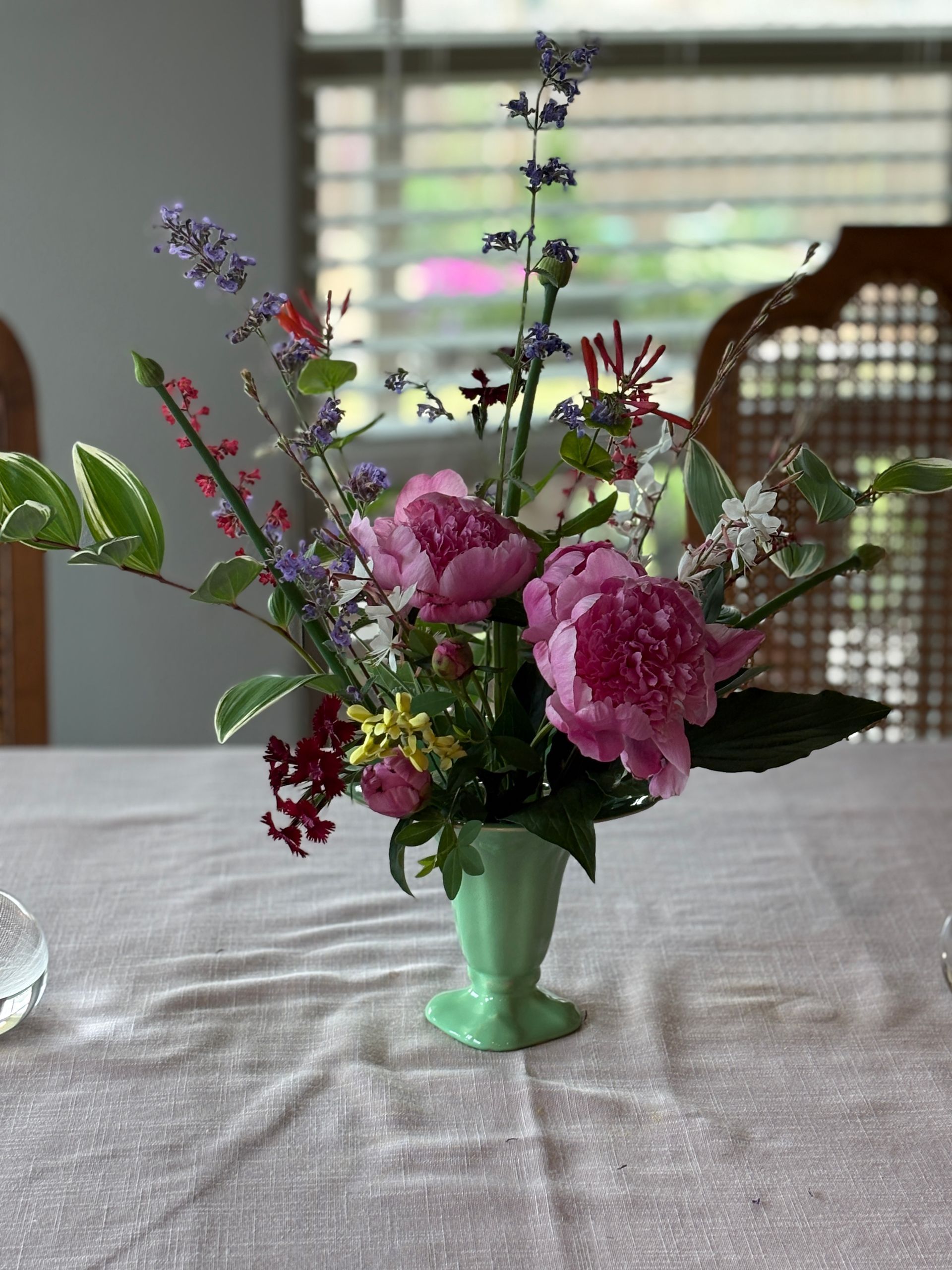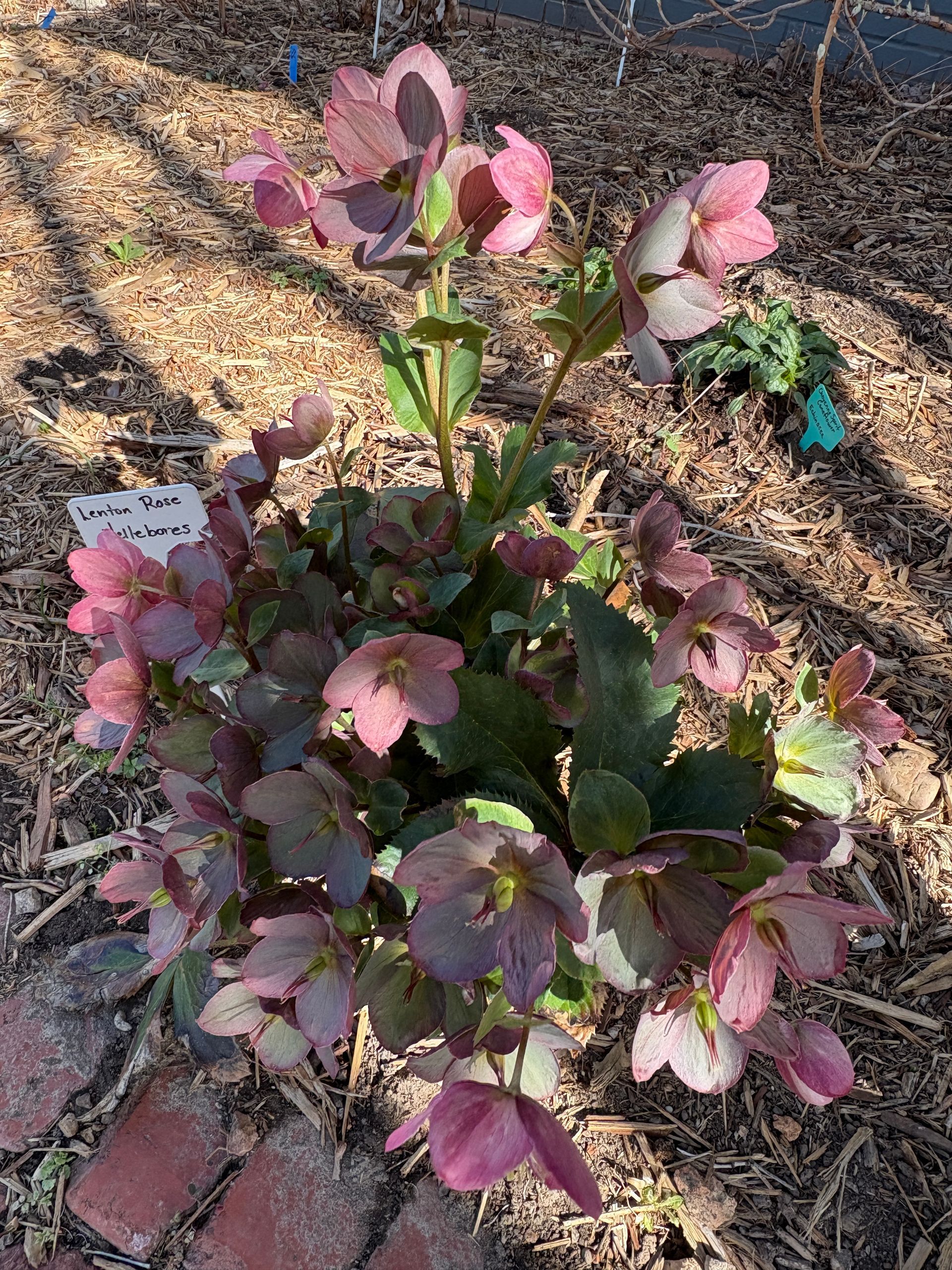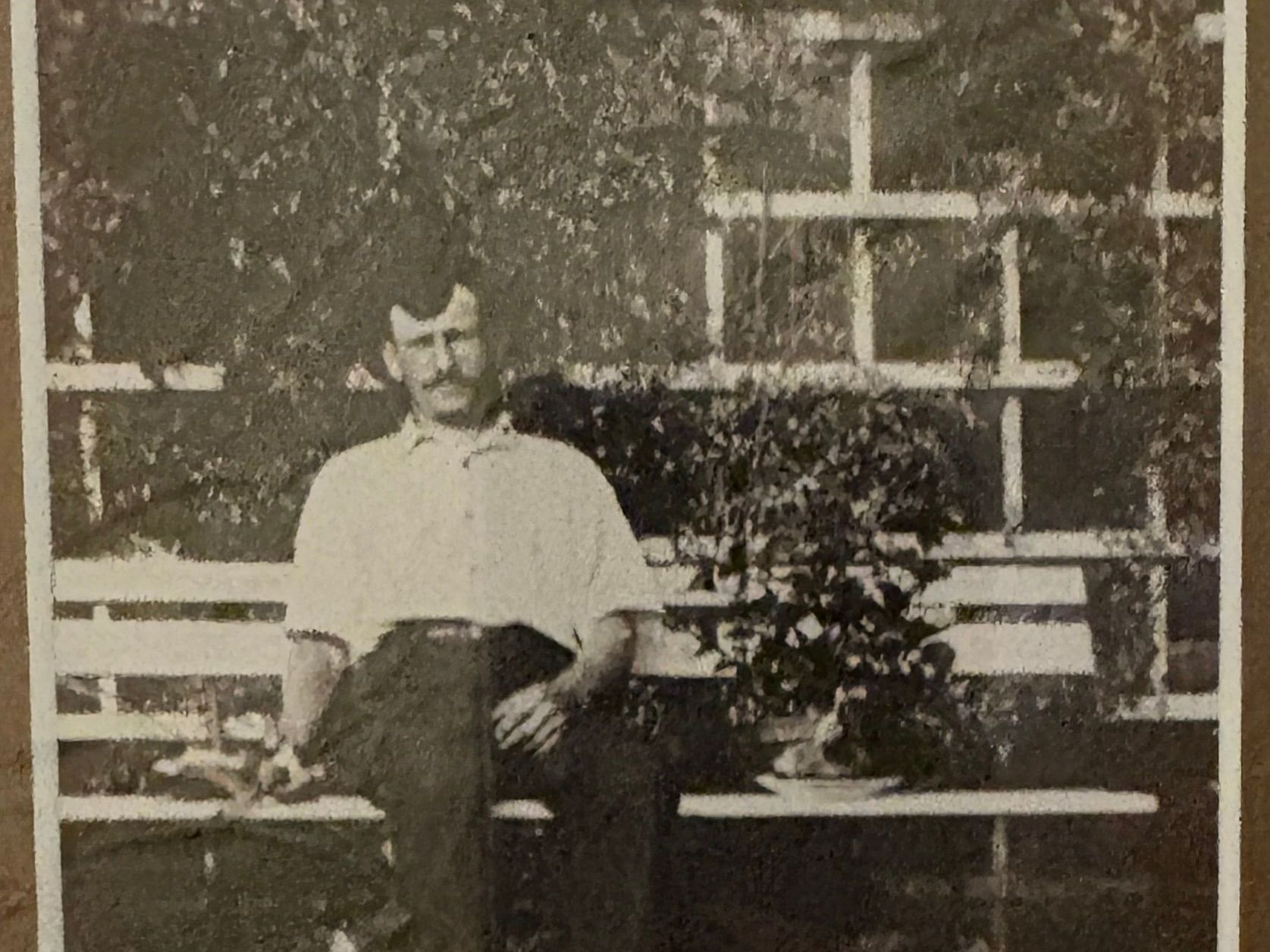Gardening in Dry Shade
Note: This is my Love Note From the Garden sent to subscribers on Feb. 14, 2021.
I am helping a friend expand her garden to create a plaza for outdoor parties. Her garden is almost exclusively shaded by deciduous trees in Zone 7. My first instinct in creating her plant list is to look at gardens: what is doing well in her garden (and saving on her budget by dividing proven perennials), the garden in my mother’s house a few miles down the road, and my own Zone 8 garden
No matter how drought tolerant, new plants need supplemental water through the first year and during extended dry spells. Also, every plant gets a ceremonial “Welcome to my Garden” spritz of deer spray when planted. If not, a deer may pull the plant out to taste test.
There are many wonderful shade plants. Among the toughest and most delightful in my garden are:
Epimedium ‘Pink Champagne’ (Zones 5-8, evergreen, 18” T x 30” W, deer resistant) –This should be by a bench or path, to appreciate the small, elegant blooms close-up.
Ajuga (Bugleweed, Zones 3-10, under 6”) – So many cultivars are available of this low, evergreen groundcover. Since they thrive in my shade garden, I have a collection.
Sarcoccoa hookeriana var. humilis (Himalayan Sweet Box, evergreen, 12” T x 36”W, deer resistant) – I just shared some of this evergreen weedchoking groundcover with friends. Other Sweet Box species available mature into 3’-5’ evergreen shrubs. These Boxwood relatives have tiny fragrant winter blooms and spread by stolons.
Ruscus ‘Elizabeth Lawrence’ (Butcher’s Broom, Zones 7-9, evergreen, 2’ T x W, deer resistant) – This tiny shrub was originally found in Elizabeth Lawrence ’s garden. My plant was given to me by Sam Jones at Piccadilly Farms, Bishop, GA, over a decade ago and is covered with red berries and painfully sharp leaves. I have a three-foot tall Ruscus too, which is tough as nails and painful when touched. I love them, but sometimes love hurts.
Danae racemosa (Poet’s Laurel, Zones 7-9, evergreen,3’ T x 4’ W) – OK, if Ruscus is too tough for you, consider the elegant, soft Poet’s Laurel, three feet tall with red berries and bright green foliage. Mine is growing in a never-saw-a-ray-of-sunshine deep shade. Flower arrangers love the arching branches. Probably the least drought-tolerant on this list, but a mature plant is tough.
Carex oshimensis Evercolor ‘Everillo’ (Japanese Sedge, Zones 5-9, 16”H x 16”T) – There are many golden Carexes, but this one grabs attention in my garden, adding a bright gold, fine textured, grassy foliage.
Daffodils – Great to mix with the plants that sleep through the winter to bring more color into the garden
About time for a native plant, don’t you think? Here are a few:
Spigelia marilandica (Indian Pink, Zones 6-9, winter dormancy, 14” T x 14” W, U.S. NATIVE) – I add a couple of these each year to my shade garden and will water them because they are among my very favorites. So I don’t test them as much as the others. This long-lived perennial offers lots of blooms in a vivid Pop Art red/yellow combo that hummingbirds and butterflies love.
Aquilegia canadensis (Columbine, Zones 3b-8 , winter dormancy, up to 3’,U.S. NATIVE) – These may look delicate, but they are tough. They also have a way of reseeding and filling in gaps in the garden. I think it is charming, showing me that nature often does what she darn well pleases.
Hydrangea quercifolia (Oakleaf Hydrangea, Zones 5-9, winter dormancy, large shrub of various sizes, U.S. NATIVE) – The quintessential four-season shrub, offering peeling, sculptura;, bare branches in winter and dramatic bloom clusters and huge green leaves that turn red in fall.
Beard ed Iris – Whaaat? Those are full sun plants. Of course, the iris under the dense, very dry shade of my red maple never blooms. But it does add a fun, upright sword-leaf texture contrast.
Avoid English ivy, Arum and Vinca; these are terribly invasive, and you will regret planting them! A plant can be too tough.
Here a couple resources to discover more dry shade plants:
The Missouri Botanical Garden’s website is a wealth of information, including their article on ProblemSolver Plants for Dry Shade.
Fine Gardening Magazine offers this free 1-1/2 hour webinar on Truly Tough Plants for Dry Shade , with three experts discussing why they like each plant and showing numerous photos in garden settings. All three live in the Northeast but list growing zones for each plant. Just make sure you know your growing zone and are ready to take notes before you start watching.
Notes :
None of these links are affiliate links. I’m just leading you to more information.

